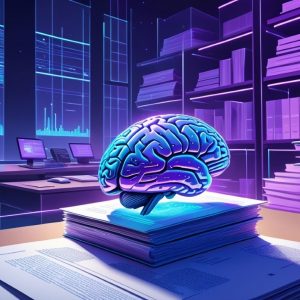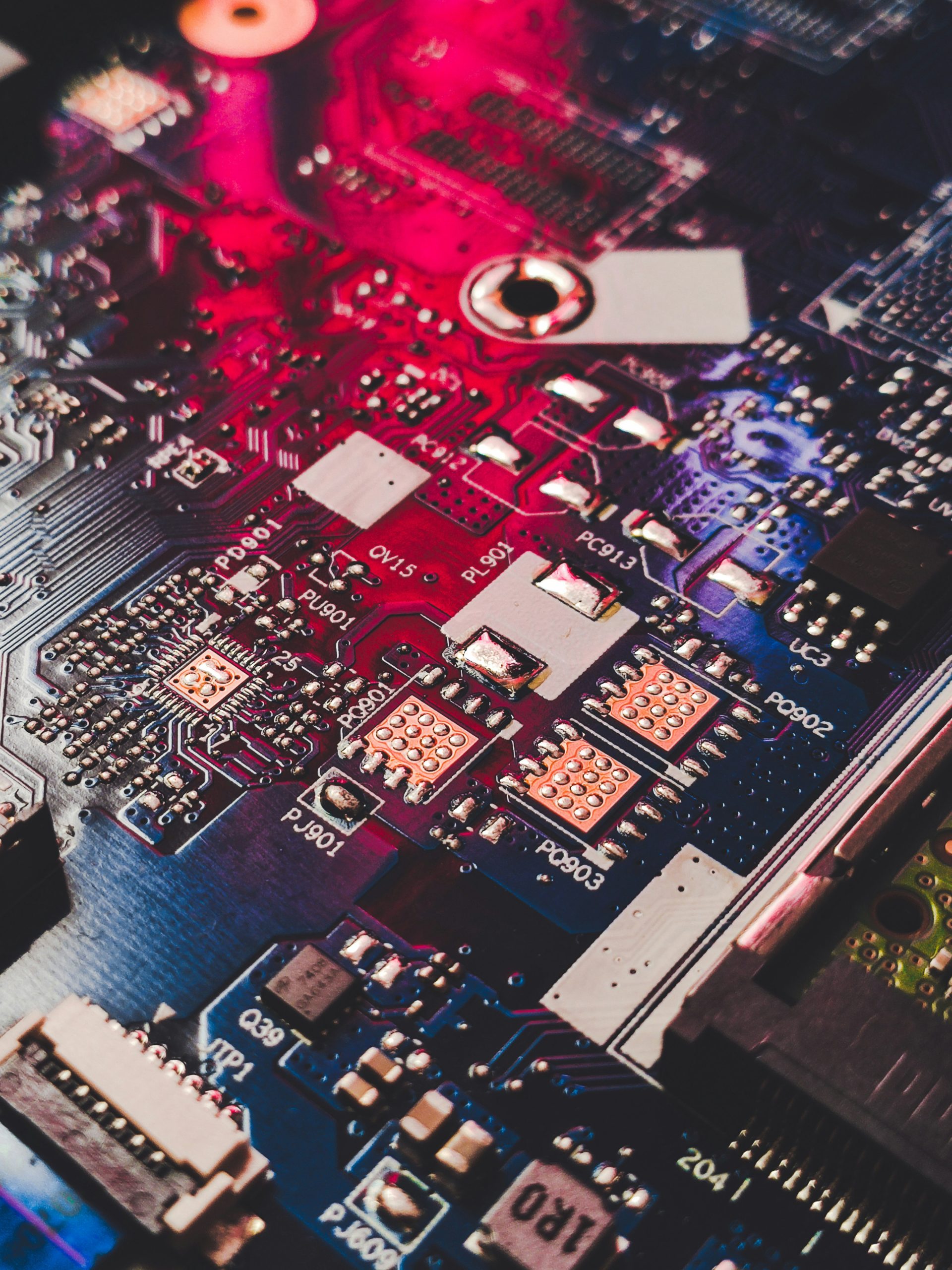The core challenge: abstract ideas and judicial exceptions
U.S. patent law allows patents for any new and useful process, machine, manufacture, or composition of matter. However, through case law, courts have recognized three «judicial exceptions» to this rule: laws of nature, natural phenomena, and abstract ideas. These are considered the basic tools of scientific and technological work and are not patentable on their own.
For software-related inventions, the most relevant and challenging exception is the «abstract idea.» The USPTO, following its 2019 Revised Patent Subject Matter Eligibility Guidance, categorizes abstract ideas into three main groups:
- Mathematical concepts (e.g., formulas, calculations).
- Certain methods of organizing human activity (e.g., fundamental economic principles, commercial or legal interactions).
- Mental processes (e.g., concepts performed in the human mind).
If your claim is directed to an algorithm, a business method, or a decision-making process, it risks being classified as an abstract idea. But this is not the end of the story.
The Alice/Mayo two-step framework
To determine if a claim that recites an abstract idea is still patent-eligible, the USPTO applies a two-step test, derived from Supreme Court rulings. This is the central analysis your application will face.
Step 1: Determine whether the claim is directed to an abstract idea, a law of nature, or a natural phenomenon.
– If not, the claim is patent-eligible.
– If yes, proceed to Step 2.
Step 2: Determine whether the claim contains additional elements that amount to “significantly more” than the abstract idea itself — that is, whether it integrates the exception into a practical application or represents a technical improvement.
If a claim demonstrates a specific technical effect — for example, improving data encryption, network efficiency, or image processing — it may be considered patent-eligible even if it includes abstract elements.
Practical advice for applicants
To improve the likelihood of success before the USPTO, applicants should emphasize the technical contribution of their invention. It is not sufficient to describe what the software does — the application must explain how it does it.
Key questions to address include:
— What specific technical problem does the invention solve?
— How does it change or improve the functioning of a computer or network?
— What are the components and how do they interact?
Generic or high-level claims that merely describe results, without technical detail, are likely to be rejected.
Current trends and observations
After the 2019 Revised Patent Eligibility Guidance, the USPTO initially applied Section 101 rather strictly, in a way that resembled the EPO’s position. More recently, however, the trend appears to have shifted toward greater flexibility in recognizing practical technical applications.
Nonetheless, both the USPTO and the U.S. courts continue to require that an invention involving an abstract idea demonstrate a concrete technical effect to be patent-eligible.
Conclusion
For applicants seeking patent protection for software or AI-based inventions in the United States, it is crucial to understand the Alice/Mayo test and how it defines the limits of patent eligibility.
Well-drafted applications should clearly describe:
— the invention’s architecture,
— the data flow and processing logic, and
— the specific technical improvements achieved.
Integrating U.S. eligibility criteria with the best practices of other major patent offices — such as the EPO, CNIPA, JPO, and KIPO — helps applicants build a globally consistent patent strategy. This approach reduces future adaptation costs and increases the likelihood of obtaining effective protection across jurisdictions.




